On the night of March 17, 1953, General Richard E. Ellsworth and his crew embarked from the Canary Islands on a mission to test North American air defenses, only to face tragedy as adverse weather conditions veered their enormous B-36 Peacemaker aircraft off course. The ensuing crash into a mountain on the western side of Trinity Bay, just north of Burgoynes Cove, claimed the lives of all 23 crew members.
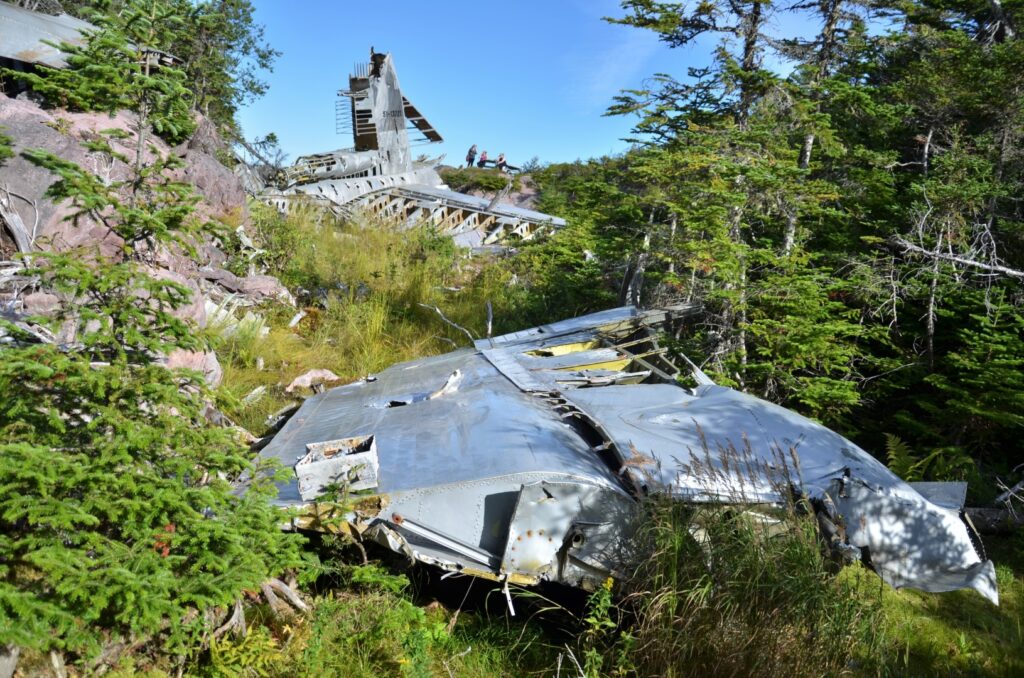
The wreckage, persisting to this day, serves as a poignant memorial, reminding us of the sacrifices made during times of peace. Located a short drive and hike from Burgoyne’s Cove, the site offers not only breathtaking views but also a crucial piece of history that should remain etched in our collective memory.
Mission details reveal that multiple RB-36H Peacemaker reconnaissance aircraft from the 28th Reconnaissance Wing in Rapid City Air Force Base undertook a secret mission to test North America’s defense systems. Departing the Canary Islands at 15-minute intervals on March 17, 1953, the aircraft aimed to enter the continent undetected, maintaining a low altitude of 500 feet until reaching the continental US, where they would ascend to 40,000 feet.
General Ellsworth, the mission commander, led the first plane, with only him aware of the mission’s commencement. Navigating in total secrecy, the pilots utilized sextants and relied on weather forecasts, foregoing updates en route. The aircraft, initially a B-36D Peacemaker designed as a WWII bomber, was modified for reconnaissance, featuring a pressurized camera compartment in the forward bomb bay.
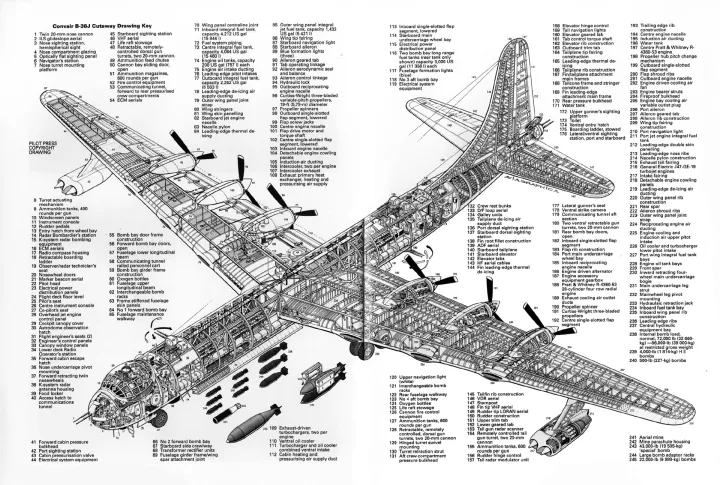
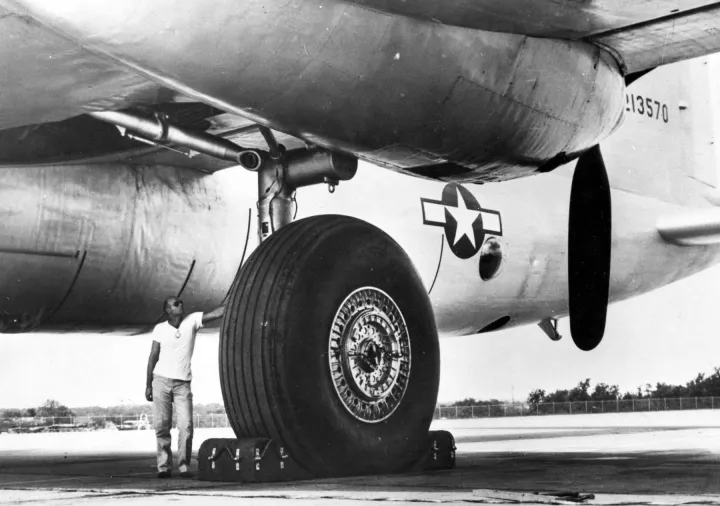
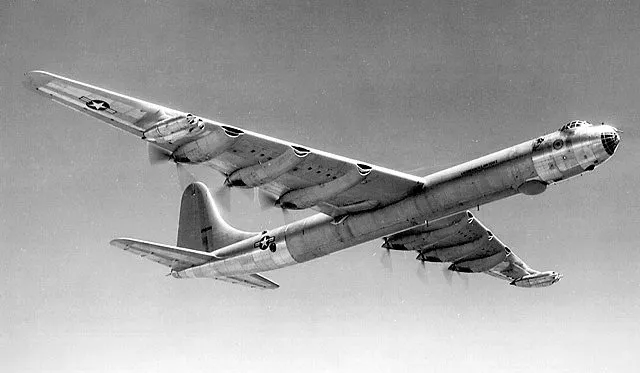
The tragic crash resulted from unexpected weather changes, hampering navigation tools and leading to a miscalculation of side wind. Late on March 17, 1953, the aircraft inadvertently entered Trinity Bay, crashing into a barren hilltop, claiming all 23 lives on board.
Local residents formed a rescue party upon hearing the explosion, hiking through deep snow to reach the crash site. Despite small fires burning around the debris field, it became evident that no one had survived. The Canadian Air Force and US Coast Guard orchestrated a recovery operation, transporting the bodies via helicopter to Torbay Airport.
Unfortunately, tragedy struck again as a rescue plane, sent to locate Ellsworth’s missing squadron, disappeared. The B-29 Superfortress of the 52nd Air Rescue Squadron and its 10 crew members were classified as missing, and the cause of the crash remains unknown.
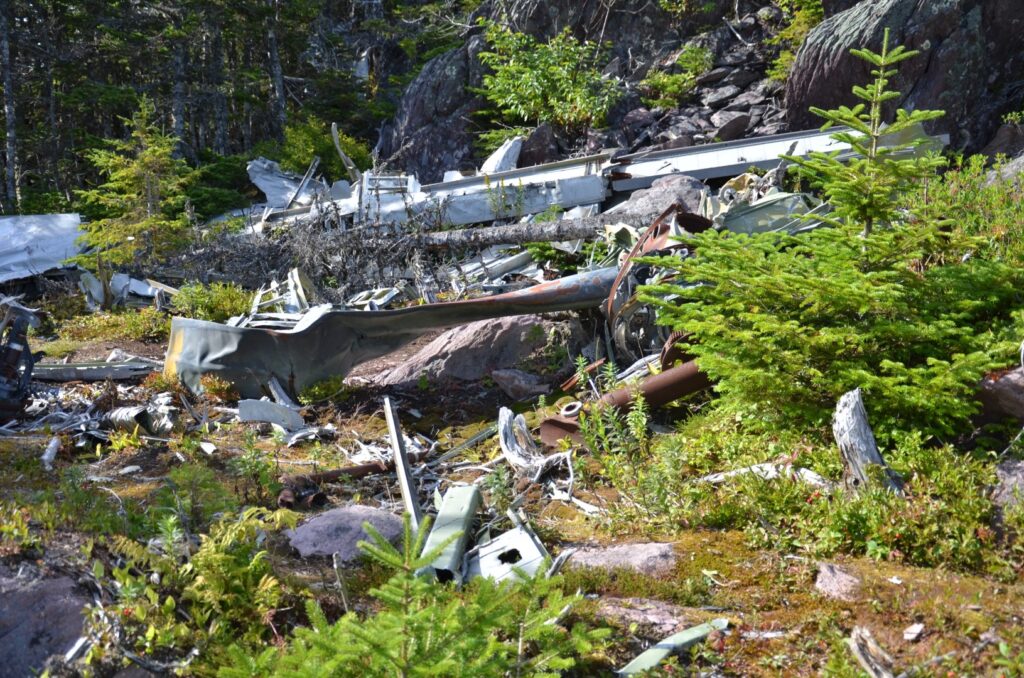
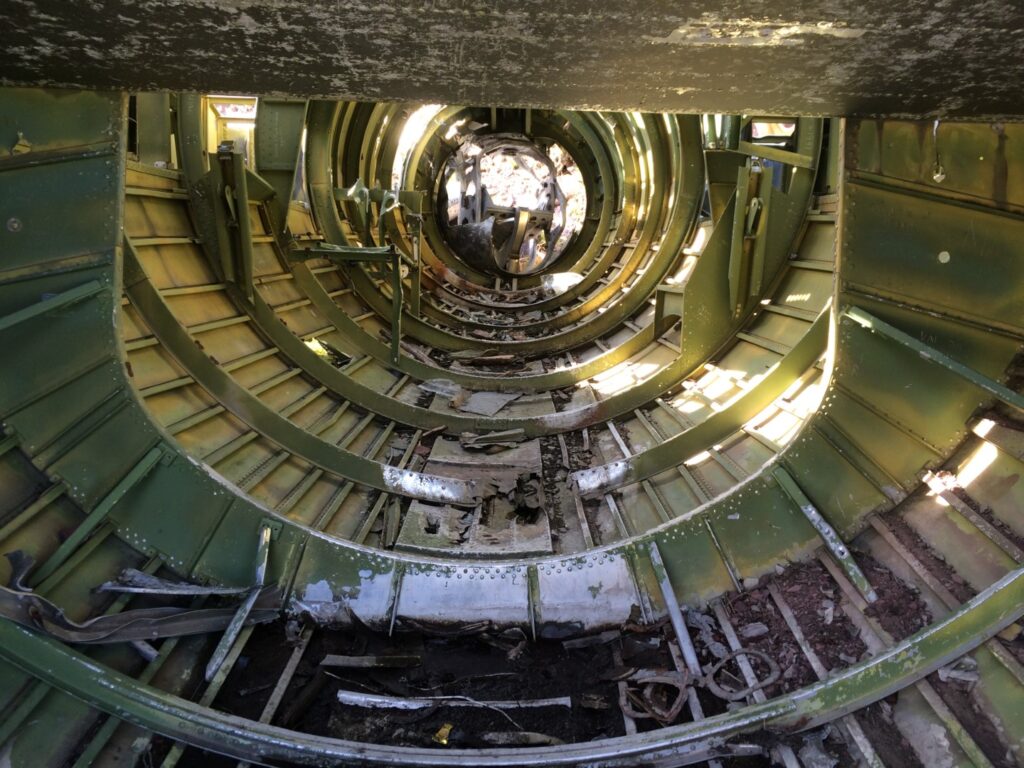
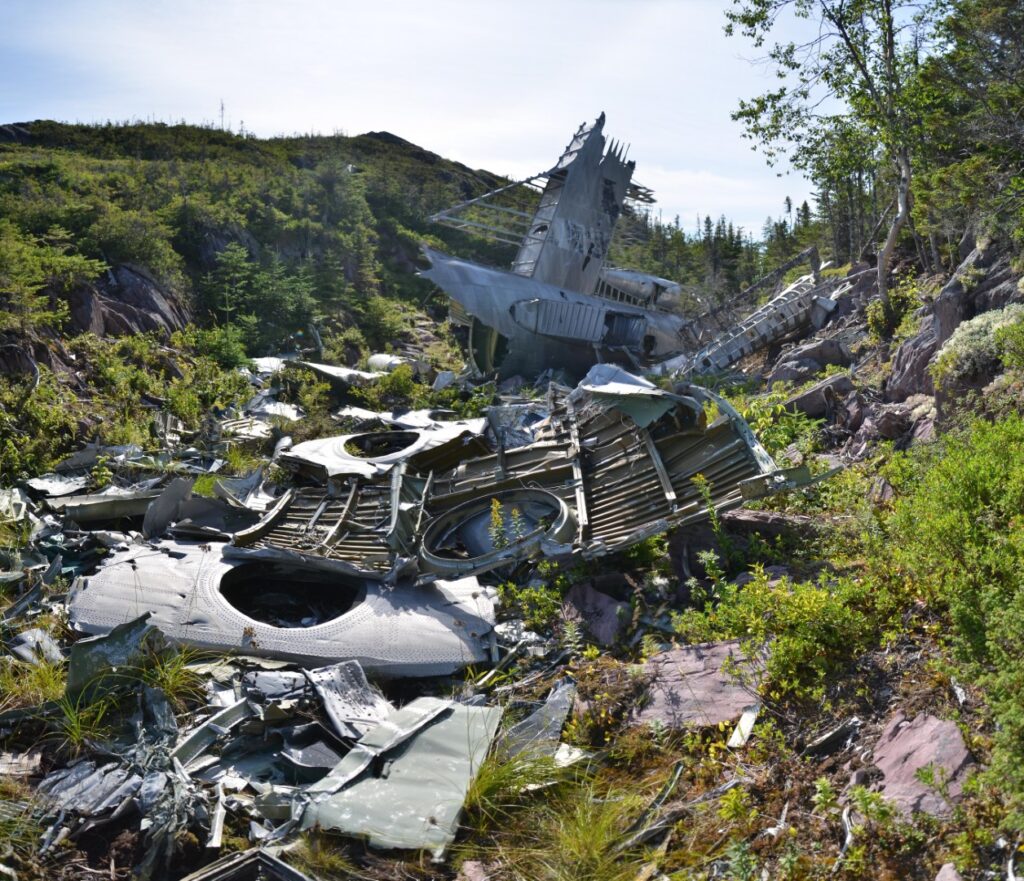

Today, the hike to the crash site, situated near a slate quarry a few kilometers past Burgoyne’s Cove, offers a relatively easy yet compelling journey. The trail reveals debris pieces progressively, culminating in a poignant scene with parts of the wing, engines, and the relatively intact tail section. A plaque atop a nearby hill memorializes the men who lost their lives, placed there on August 3, 1993, by the 103rd RU Flight Engineering command. The site not only honors those who perished but also provides a somber reflection on the cost of testing the boundaries of air defense.
RB-36H Crew Members:
General Richard E. Ellsworth, Capt. Stuart Fauhl, Capt. Harold Smith, Capt. William Maher, Capt. OF Clark, Capt. JH Pruit, 1st Lt Edwin Meader, 1st Lt James Pace, Major John Murray, Major F. C. Wright, 1st Lt James Powell Jr., A/2C Robert Nall, 1st Lt Clifford Bransdor, M Sgt Jack Winegardner, A/2C Morris Rogers, T Sgt Walter Plnski, A/1C Burse Vaughn, S Sgt Ira Beard, S Sgt Robert Ullom, A/2C Phillip Mancos Jr., A/2C Keith Hoppons, A/1C Theodore Kazik, T Sgt Jack Maltsberger.
B-29 Crew Members:
Capt. FRANCIS XAVIER QUINN, Dorchester, Mass., Capt. WILLIAM A ROY, San Antonio, Tex., First Lt. RODGER D. NULL, Venice, Cal., First Lt. ROBERT W. ERRICO, Bronx, N.Y., S/Sgt. DAVID E. KIMBROUGH, Roswell, N.M., Cpl. DAVID E. RASH, Beaverton, Ore., A/1C ROBERT J. MONTGOMERY, Mountain Grove, Mo., A/3C MICHAEL KERR, JR., Chisholm, Minn., A/3C SAMMY O. JONES, Akron, Ohio., A/3C JAMES E. COGGINS, Allston, Mass.
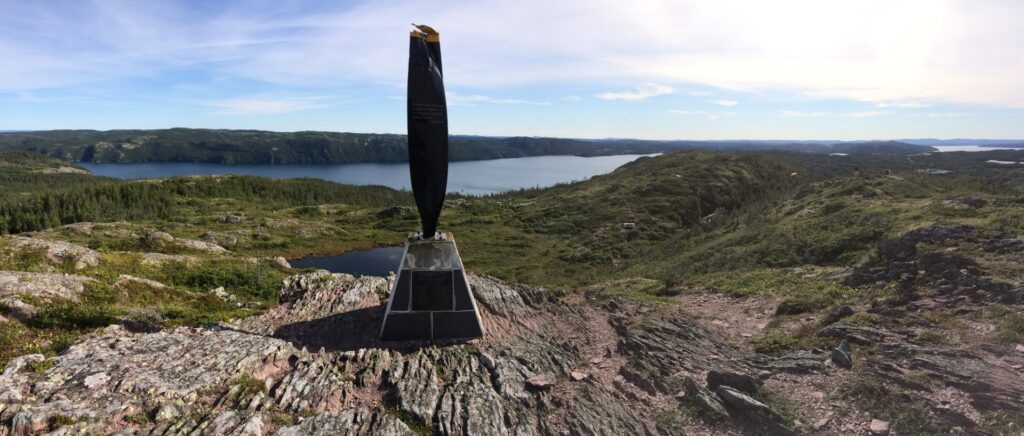
Sources & Further Exploring
Drodge, T. (2011). Under the Radar: A Newfoundland Disaster.
Fuller, J. (1990). Thor’s Legions: Weather Support to the U.S. Air Force and Army, 1937-1987. American Meteorological Society.
RB-36H 51-13721, Newfoundland, Canada, March 18, 1953. Goleta Air & Space Museum’s website found at www.air-and-space.com/b-36 wrecks.htm#51-13721.
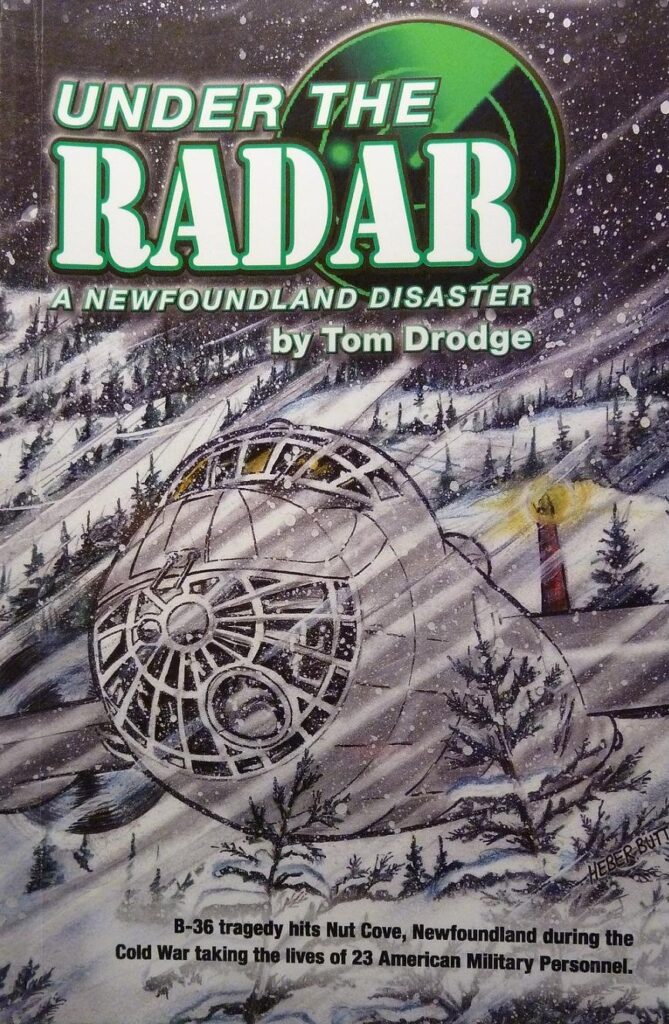
Under the Radar
By Tom Drodge
Nestled on one of the small hills in Nut Cove that surrounds Smith Sound, Trinity Bay, Newfoundland and Labrador, lies the remains of an American Convair Strategic Bomber B-36 Plane, known as RB-36H, 51-13721. On the night of March 17-18, 1953, eighteen planes left Lajes Air Dome in the Azores on a flight en route to Rapid City, South Dakota, USA when the head plane went off course and crashed due to bad weather.
Inside you will read about one of the largest aircraft of its time (ten engines) and how human error took the lives of 23 people, leaving a testimony that landed it a place in the archives of history.

